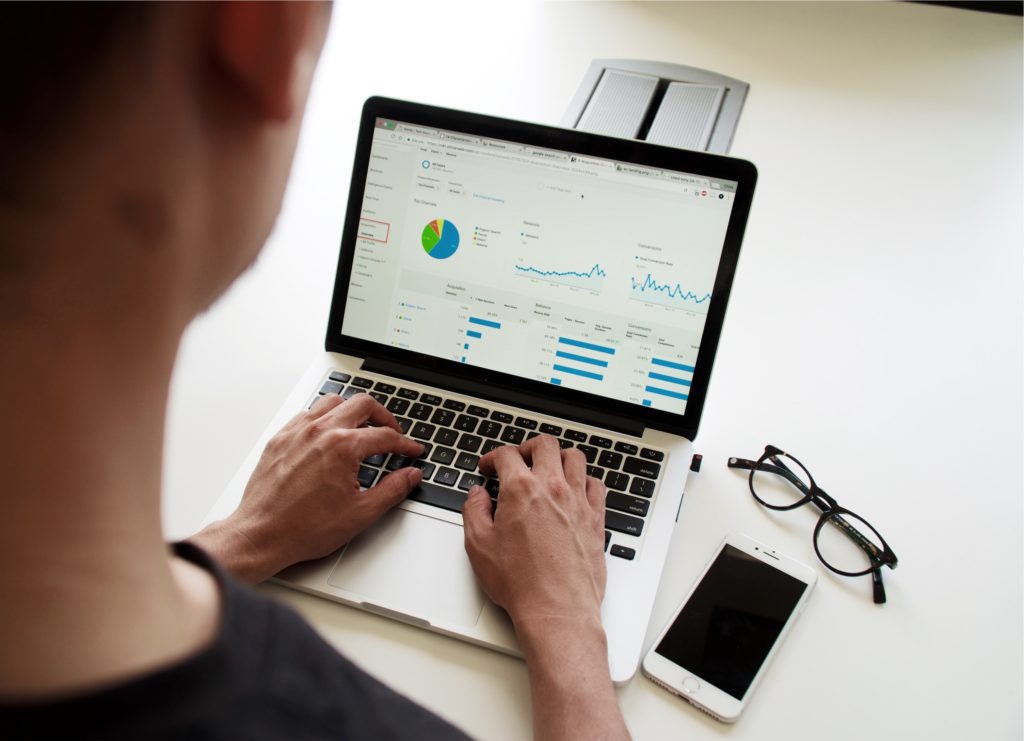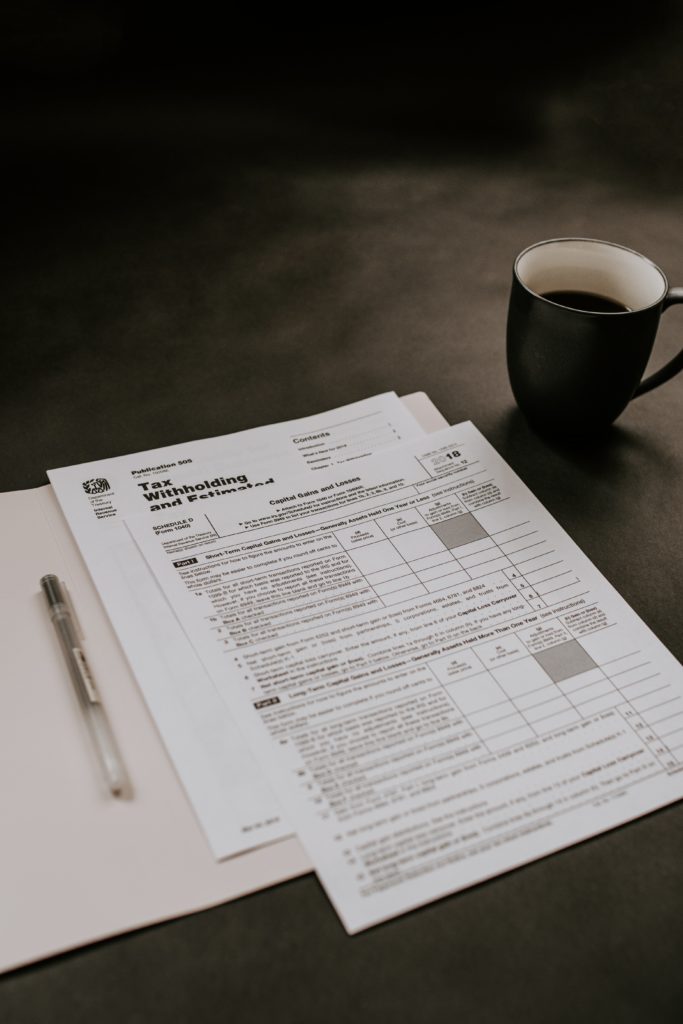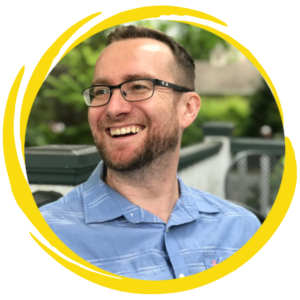Like so many people (the average Canadian owes $1.71 for every dollar of disposable income), you may find yourself trapped by debt. Paying off debt can feel like an uphill battle, and the longer you wait to take action, the harder and more expensive it can be. Sisyphus anyone?
However, there are steps you can take now to help you pay off debt faster, and even have the advantage of time working for you instead of against you.
This blog post will give some some practical tips on how to get yourself out of debt. Fast!
1 – Re-Frame Your Credit Cards
Credit Card companies love to give credit. It's how they make money. And they make a lot of money. Even taking into account bankrupcites and uncollectible debt, companies like Visa and Mastercard are very profitable.

But just because you have a credit card, doesn't mean you have to spend it. Many people mentally consider money available to them (in the form of unused credit) as money they can spend. This is a common mistake – and one that credit card companies exploit ruthlessly.
Don't make this mistake. It's not your money. It's literally money belonging to Visa or Mastercard. It's simply the option to borrow money at a high interest rate. Never forget that.
2 – Cut Expenses
The next thing to do after re-framing who the available credit on a credit card belongs to is to cut expenses…ruthlessly. Being in debt means that you are living above your means and you are literally spending more money than you actually own. That's a recipe for disaster.

So look at what you are spending and decide what to cut. You absolutely must cut some expenses. Spotify & Netflix subscription. I'm looking at you, kid!
“We've seen that the average number of subscriptions per-person has doubled over the last 18 months.”
Yahya Mokhtarzada – Truebill
There is a cool app called Bobby that tracks your recurring subscriptions and helps you see what you are paying for subscriptions. I really like this app, because:
a) it's the cutest squirrel you'll ever see and
b) it helps you see all your subscriptions in one place.
Another thing Bobby does is that it lets you see the subscriptions you pay annually – just because you chose the pay annually option to save a bit of money, you still need to consider this a monthly subscription.
This is also helpful if you want to add in things you might pay quarterly, like car insurance payments or water utility bills. One of the problems people have with budgets are lump sum semi-regular payments that are hard to quantify on a monthly basis. Bobby can help sort that out for you, as typically those are under-estimated.
Trim is another service that can help you cut down unnecessary expenses, and even negotiate with lenders to reduce your debt. The key is to really reduce the amount of (unnecessary) subscriptions and other expenses you can cut.
Are there lower cost service providers you can switch to? I recently switched from Telus to a self-serve phone plan at Public Mobile. I love it. Same service for almost 1/3rd of the cost.
By the way, I highly recommend Public Mobile if you are in Canada. They run on the Bell towers, so coverage is excellent across Canada.
3 – Convert Personal Expenses to Business Expenses
I run an online business, and that entitles me to certain business deductions. You should always take advantage of any tax deductions you are entitled to. The problem for most people is that just don't know how – and often their accountants don't ask the right questions.
You may, in this new gig economy, have a side hustle. Maybe you do some writing on the side. Or you started a YouTube channel, or maybe you do some influencer work.
(By the way, this is a great platform for getting started as an influencer even if you don't have a larger social following.)

All of these things open up the door to converting expenses you would normally have no deductions for – to being tax deductible. For example, if you have a business, printer paper, new software and even that new camera you've been eyeing all become valid business deductions.
Pro Tip: Keep in mind that even if you deduct expenses, you still have that expense, and any deduction you take reduces your overall income. So it's best not to make a purchase at all. But if it's something you need, and you can write it off, that's better than not writing it off.
Obviously, you need to track these expenses and be able to show the purchase receipts.
I use an app called Taxbot that allows me to write off the portion of my car expenses I use for business, and it also allows you to easily write off expenses – even if you don't have a separate business bank account. Here's how I use Taxbot to do that.
4 – Get a Second Income
Being in debt means that you spend more than earn. So maybe you need to earn more. This could be starting a side hustle in your spare time, or it could be a second job. There are also lots of opportunities where you can work remotely.
COVID-19 has opened the eyes of many business owners to the fact that remote work can even be more effective than a toxic workplace environment.
Do you have any skills? Why not start selling a service on Fiverr? There are gigs you can perform for doing simple tasks like running software you may already own. A couple examples are doing keyword research for somebody – or perhaps create pins for them in Canva.
Maybe you're crafty? You could start an Etsy shop for free and start selling some of your awesome creations. Show the world your skills!
5 – List Out Your Credit Card Debts
Open up a Google Sheet and list of your credit cards along with the minimum payments and the interest rate.

You have to have a clear view of your problem before you can find a solution.
Here is a site that has some calculators that give you insight into how much you're actually paying toward your principle vs your interest when you make payments.
This can help you prioritize which debts to pay down first. Be sure to include all consumer debts you have in addition to your credit cards, which could include medical bills, student loans and car payments.
6 – Debt Snowball Vs Debt Avalanche
Now that you have all your consumer debts listed out, you can pick your plan of attack.
Instead of randomly paying more to this card or that card every month, the best plane of attack is to choose to use either the Debt Snowball or the Debt Avalanche method.
Both allow you to consolidate your focus around a particular strategy and pay off your debt faster. This ensures that your drive down your debt with an intensity and focus.
Dave Ramsey often uses the Gazelle analogy to explain this concept with a line from the Bible:
“If you've signed surety, my son, do this. Give no sleep to your eyelids, no slumber to your eyes, and deliver yourself like a gazelle from the hand of the hunter, a bird from the hand of the fowler.”
Proverbs 6:1-7
The Debt Snowball Method
With the debt snowball method, you pay the lowest loan amount first, regardless of the interest rate. This will give you the quickest win and knock off the smallest source of debt the fastest.
You pay the minimum amount to all the other debts and throw all your extra money at the one card until it's gone.
One of the main benefits of this method is that with those early wins, you can feel yourself getting out of debt and start to hardwire a new pattern with debt in your mind.
The Debt Avalanche Method
The Debt Avalanche method is a little different. With it, you pick the highest interest rate, and tackle that first. Again, you pay only the bare minimums on the other cards and pay as much as you possibly can to the highest interest rate card.
Technically speaking, this is can be a wise method, but it can also be a little more challenging to set the pattern because you won't necessarily reduce the number of your debts as quickly.
7 – Go Used
Consider selling your car and getting an older used model. This can save you thousands of dollars each year.
Another thing you can consider is if you can reduce your household to just one vehicle. This may not be possible if you live in a rural area, but if you live in an urban setting, this can save thousands of dollars each year.
By getting rid of a car, you not only reduce the auto payments, but also the gas, maintenance and insurance associated with that second vehicle.
This is a handy calculator that you can use to see exactly what kind of savings you can achieve by changing up your car situation.
8 – Get a New Credit Card with a Low Interest Rate
This is a little dangerous, because you're actually opening up more credit, but if you can get a teaser interest rate and transfer your debt to that new rate, you can come out ahead.
A good example is if you have a credit card at 21% interest and you can get a 1-year teaser rate for 0% – that would give you relief from that heinous 21% and as long as you didn't use the extra credit, you would save money.
Be careful using this method and be sure to re-read the first step in this article.
9 – Sell Some Stuff
We all have stuff. What can you sell (or rent) to earn some extra income?
Maybe you have a stack of books you'll never read, or an old computer, or guitar, or maybe you have boxes of CDs and only listen to Spotify now. (Hopefully you're on Spotify Free and have ditched the Spotify Premium subscription in Step 2!)
Give away or sell these things. You can make some extra money, and you can free up space and chi for new energy to come into your life.
Remember, you need to change up your action if you want different results in the future. So don't just read something else. Start making those changes now!
Any other tips you think I missed? Let me know in the comments!
Hey, I'm Andrew. I moved to Lisbon, Portugal from Canada. Follow my journey here.
I also happen to run a SAAS that helps marketers give their shared links superpowers. You can create a free account and start being more productive: Check out Linkalytics here.
I'm passionate about AI and using AI tools to help creators and marketers create better content, faster. Get the jump on AI and discover free AI tools every week.
Read my writings on Medium.
Got a marketing question? Need some direction? Book a call with me.

